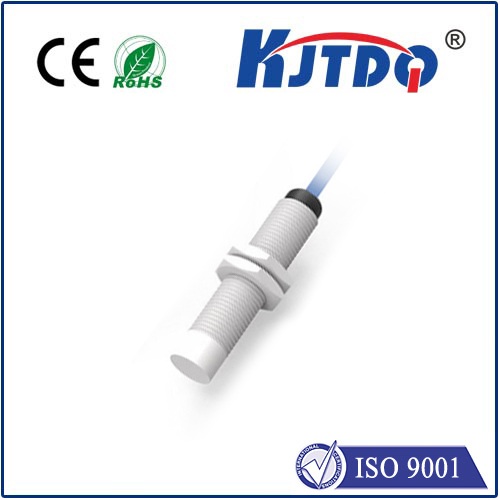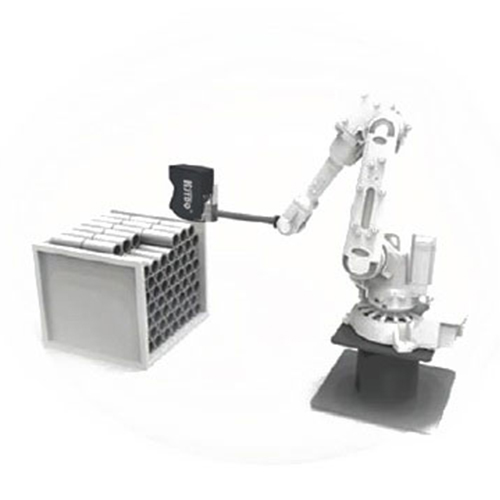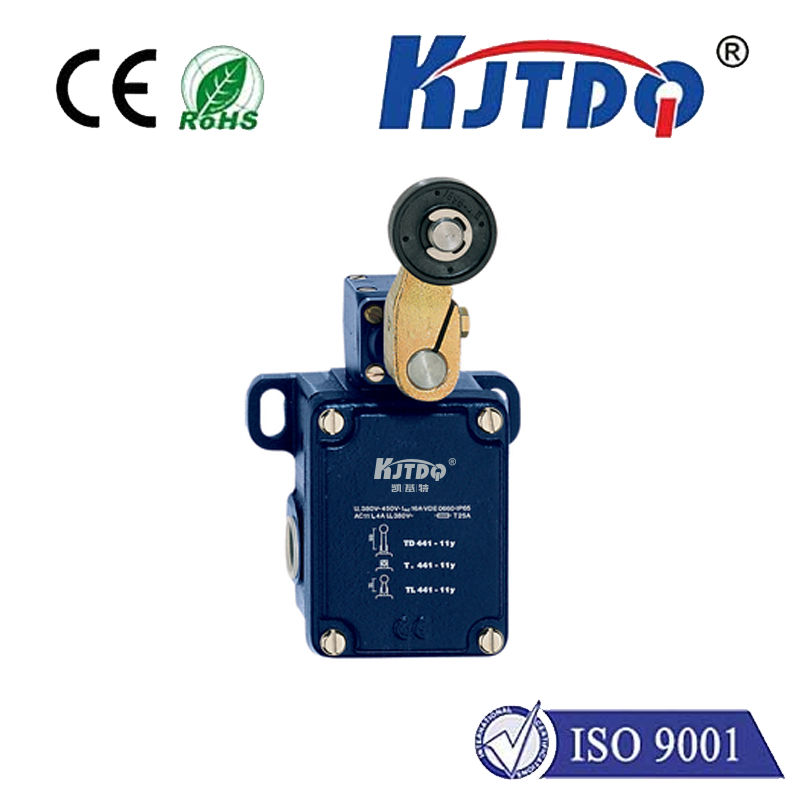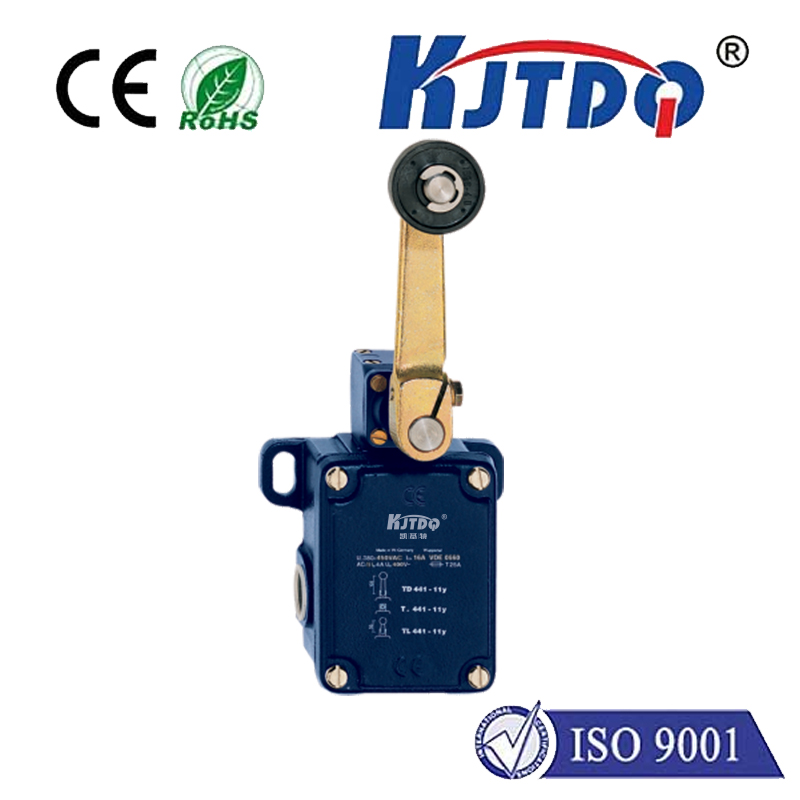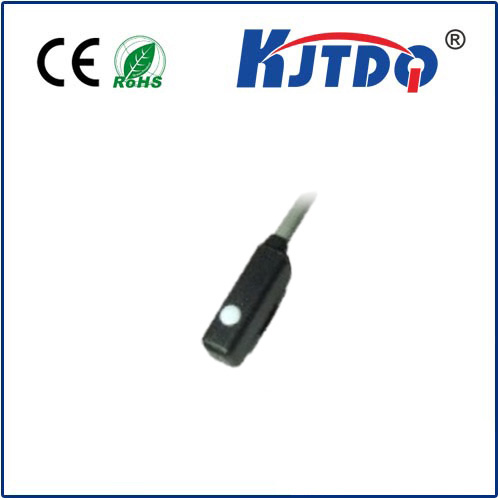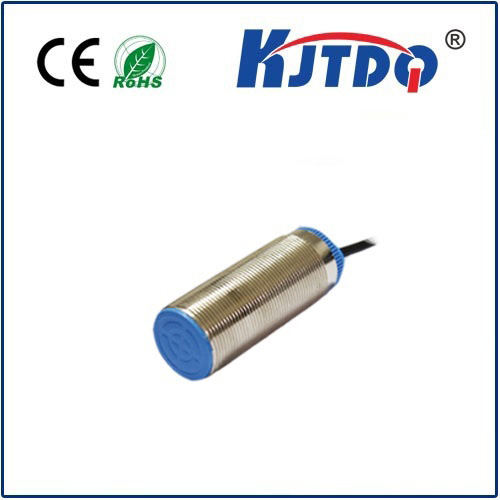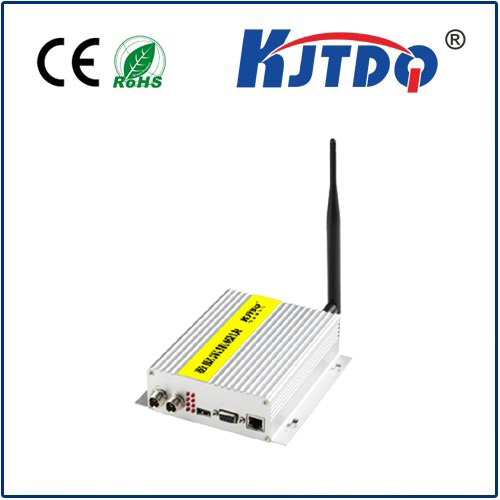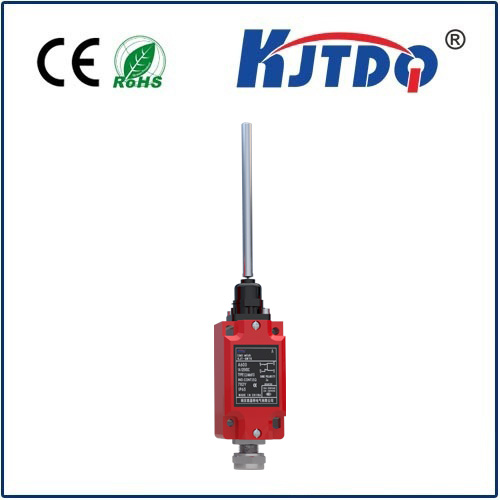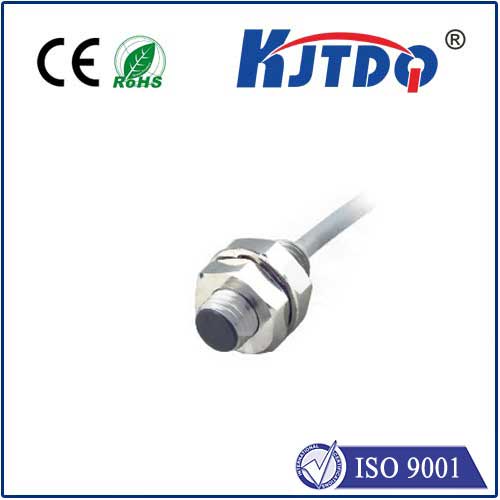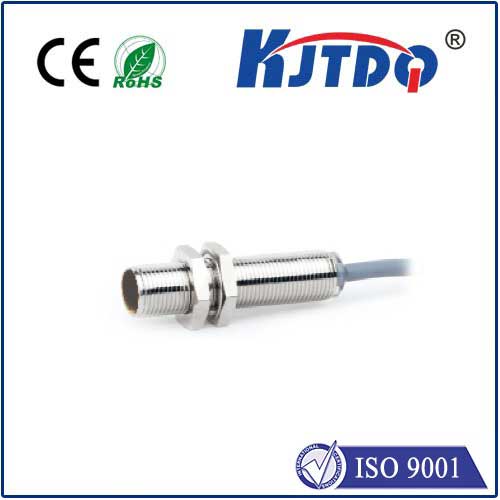no nc proximity sensor
- time:2025-06-20 00:45:18
- Click:0
NO vs. NC Proximity Sensors: Mastering the Critical Logic Choice
Imagine this: Your automated assembly line grinds to a sudden halt. After frantic troubleshooting, the culprit seems to be a proximity sensor monitoring a critical safety gate. But why? The sensor appears physically intact, detecting objects correctly. The hidden issue often lies not in the sensor’s ability to detect, but in its fundamental logic state – whether it’s configured as Normally Open (NO) or Normally Closed (NC). Understanding this “NO/NC” distinction is not just technical jargon; it’s fundamental to designing robust, safe, and efficient automated systems. Choosing the wrong type can lead to unexpected downtime, compromised safety, or erratic machine behavior.
At its core, a proximity sensor detects the presence or absence of an object within its sensing range without physical contact. They are the silent sentinels of modern automation, controlling processes across manufacturing, packaging, automotive, and robotics. The terms Normally Open (NO) and Normally Closed (NC) refer to the electrical state of the sensor’s output switch when no target is present within its detection field. This initial state is crucial because it dictates how the sensor “talks” to the PLC (Programmable Logic Controller) or other control circuitry.

- Normally Open (NO) Proximity Sensor: In its resting state (no target detected), the output switch is open, meaning no electrical current flows. It’s like an open gate blocking the signal path. When the sensor detects a target, the switch closes, allowing current to flow. Think of NO sensors as signalling the occurrence of an event.
- Normally Closed (NC) Proximity Sensor: Conversely, in its resting state (no target detected), the output switch is closed, allowing current to flow. When the sensor detects a target, the switch opens, interrupting the current flow. NC sensors essentially signal the absence of a normal condition or the presence of an anomaly.
Why does this logic difference matter so profoundly? The implications extend far beyond simple circuit behavior:
- Safety-Critical Design: This is arguably the most important reason. The principle of failsafe operation heavily influences the choice between NO and NC. An NC proximity sensor is often preferred for safety functions, like confirming a safety gate is closed or a guard is in place. Why? If the sensor fails (e.g., a broken wire, loss of power, internal malfunction), an NC sensor will typically go into the open state. This loss-of-signal condition can be easily programmed into the safety PLC to trigger a machine shutdown or alarm, preventing operation under unsafe conditions – a failsafe design. An NO sensor, in the event of failure, would also typically go open, mimicking its “no detection” state. However, if an NO sensor is used to detect a safety gate closed position (meaning gate closed = target present = sensor ON), a broken wire would falsely indicate the gate is open (no signal), triggering a safe shutdown. But if the NO sensor were used to detect an open gate (gate open = target present = sensor ON), a broken wire would falsely indicate the gate is closed (no signal), potentially allowing unsafe operation. NC sensors inherently support safer wiring strategies for critical position verification.
- Circuit Wiring and Logic: The choice dictates how you design the control logic within the PLC or relay system. Using an NO sensor typically means the input activates when a target is detected. An NC sensor means the input is active when no target is present and deactivates when a target is detected. Programmers must correctly interpret this state to execute the right machine commands. Mismatches here are a common source of “the sensor works but the machine acts wrong” scenarios.
- Power Consumption Considerations: While usually minor, understanding the resting state helps predict overall system power draw. An NC sensor inherently draws current in its resting state, while an NO sensor does not.
- Application-Specific Logic: Sometimes, the preferred logic stems purely from operational simplicity. For instance, if you need a signal only when a part is present at a workstation, an NO proximity sensor provides a direct “Part Present = ON” signal, making the logic intuitive. Conversely, if you need to know when a bin is empty (i.e., nothing blocking the light beam), an NC sensor placed at the bottom could provide “Bin Empty = Signal Active” logic, triggering a refill.
Choosing Between NO and NC Proximity Sensors: Key Factors
There’s no universal “best” choice; the optimal selection depends entirely on the specific application and safety requirements:
- Safety First: Always prioritize failsafe design. For critical position verification where presence equals safety (like a guard closed, a gate locked, a workpiece clamped), an NC proximity sensor is frequently the safest choice. Its failure mode (open circuit) will typically trigger a fault condition and safe shutdown. Analyze failure modes rigorously.
- Desired Logic Flow: What signal state do you naturally want when the target arrives or departs? If “ON when detected” is intuitive and non-safety critical, NO is straightforward. If “signal lost when detected” aligns better (like empty bin detection), NC makes sense.
- Existing System Integration: Are you replacing a sensor in an existing circuit? Matching the previous sensor’s NO/NC configuration is essential for maintaining correct logic unless you also reprogram the PLC.
- PLC Programming Paradigm: Understand how your control system interprets inputs. Some PLCs allow easy inversion of an input’s logic in software, offering flexibility if the wiring is correct. However, for safety circuits, hardware configuration (NO vs. NC) often governs the failsafe behavior and should be the primary consideration.
Installation and Troubleshooting Tip: Always refer to the specific proximity sensor’s datasheet and wiring diagram. Manufacturers clearly label connections as NO or NC (or sometimes COM / Common, NO, and NC outputs are all provided). Assuming or misinterpreting this label leads to significant headaches. During commissioning, use a multimeter or monitor the PLC input status to verify the sensor behaves as expected (NO: ON when detected, OFF when not; NC: OFF when detected, ON when not) before relying on it for machine control. A misconfigured NO/NC sensor might trigger at the right time but send the opposite signal your control system expects.
Selecting the right proximity sensor involves more than just sensing range and material compatibility. The NO vs. NC configuration underpins the fundamental logic and safety behavior of your entire system. Recognizing that normally open signifies a switch that closes upon detection, and normally closed signifies one that opens upon detection, is paramount. By carefully considering failsafe requirements, desired logic behavior, and the potential consequences of sensor failure, you can confidently choose the correct sensor type. This ensures not only smooth operation but also reliable safety protocols and efficient troubleshooting, making “NO NC” a critical specification in every automation project.












